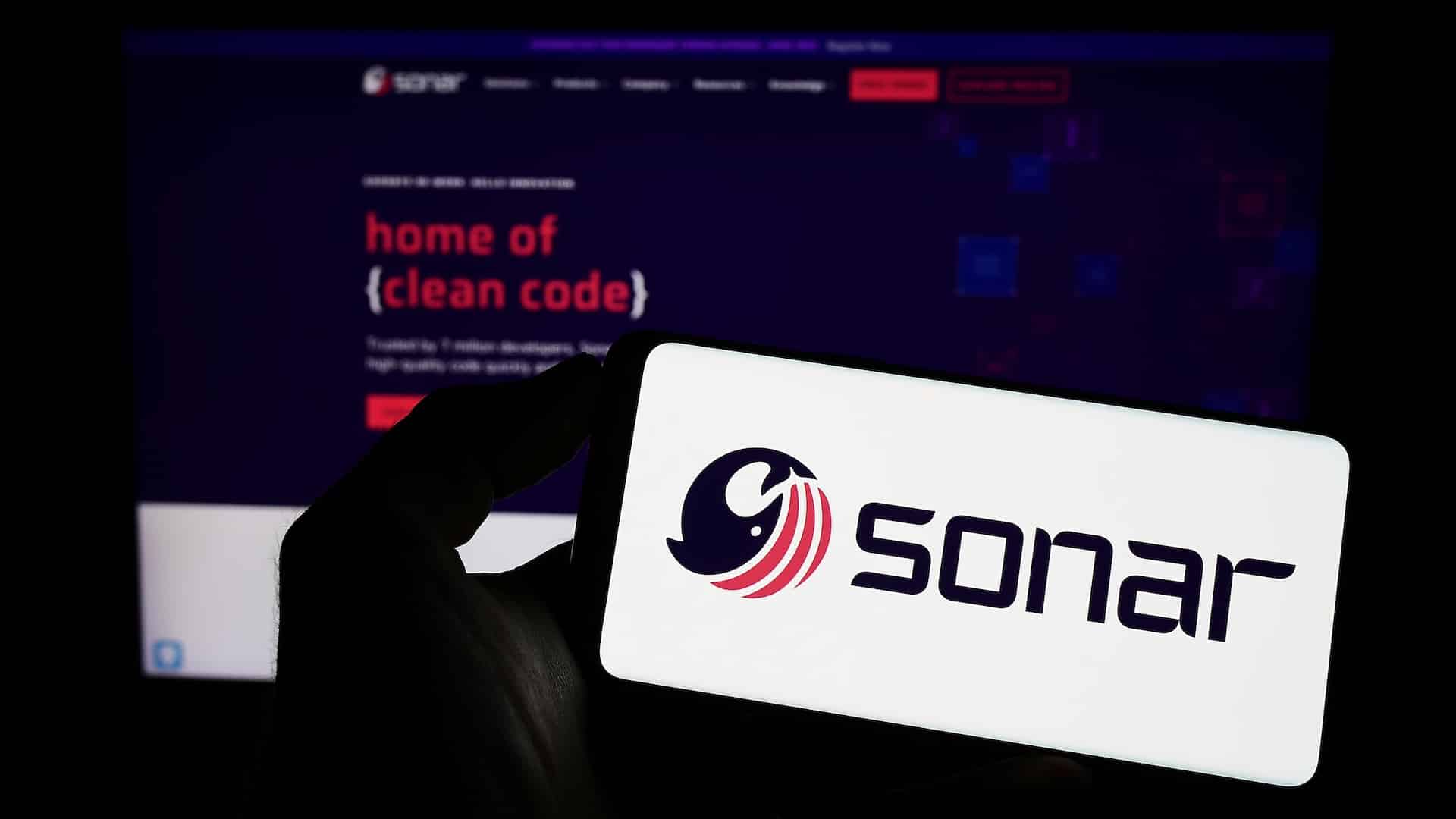Today, the majority of front ends are created with JavaScript frameworks (Angular, React, VueJs). But let’s return to our question: can it also be used for front end? The answer is yes, Java can be used to generate front end.
Back end and front end: what are the differences?
Back end
The back end is the server part of a web or mobile application. It includes all the components necessary for managing and processing data, which are not visible to the user. It is responsible for data management, business logic, and user authentication and authorisation.
Technologies used for back-end development generally include:
- Programming languages such as Java, Python, Ruby, PHP, Node.js.
- Access to databases such as MySQL, PostgreSQL, MongoDB, etc.
- Application servers such as Apache, Nginx, Tomcat, etc.
- Frameworks such as Spring, Django, Ruby on Rails, Express.js.
In summary, the back end is the invisible part of the web or mobile application. Managing data, business logic, and all modules of a database, mail, etc. infrastructure.
Front end
It is the part of an application or website that is visible to the end user. It includes all the components necessary for the user to interact with the application or website, such as web pages, forms, buttons, menus, etc. The front end consists of web technologies such as:
- HTML
- CSS
- JavaScript
It is responsible for the presentation of the website. It must be designed to be user-friendly, intuitive, and responsive, in order to provide a pleasant and efficient user experience. The front end can be developed using different frameworks and libraries such as Vaadin Flow, React, Angular, Vue.js, etc.
In summary, the front end is the visible part of the application or website that allows the user to interact with the application using a graphical interface. To learn all about the importance of user experience and interface, feel free to read our article “How to conduct a UX/UI audit in 12 steps?“
Conclusion
The back end and front end communicate through an API (application programming interfaces) to exchange data and instructions.

What is Java?
Java is an object-oriented programming language (OOP), created by Sun Microsystems in the 1990s (now Oracle Corporation since 2010). It is designed to be a portable, reliable, and secure programming language, capable of running on different operating systems and hardware platforms. This has allowed it to quickly become a popular language.
Java is a compiled programming language, the source code written in Java (file .java) is compiled into bytecode (*.class). This bytecode can be executed on any platform that supports the Java Virtual Machine (JVM). The JVM is a program that executes Java bytecode and provides a runtime environment.
Java is thus used in many application domains, such as enterprise applications, the web, mobile… Java is also used in embedded systems, such as televisions, cars, etc.
This language also has a large community of contributors and has extensive documentation and many online tutorials. Version 22 of Java is currently the latest. In summary, Java is an object-oriented programming language that is designed to be portable, secure, and reliable.
Is Java used only for the back end?
Yes, Java is only a server language. But it also allows generating HTML pages.
At one time, there were 2 major popular frameworks for the Java front end called JSF and Struts by Apache, which allowed the creation of dynamic pages.
Today, there are new full-stack frameworks like Vaadin Flow UI Java, Thymeleaf, HTMX, which simplify front-end development while remaining on the same language.
Why use Java to render HTML front end?
- To standardise: by choosing the same data model between back end and front end
- To use available skills: for example, if your team only knows Java and recruitment is not possible
- For better portability: because the code will be on a single project (monolith)
Which front end is best suited for Java?
The front end that seems most suitable for Java appears to be Thymeleaf for HTML page generation, with potentially the addition of a library to make the page more dynamic, such as HTMX or Unpoly. However, if a more interactive rendering is desired, the use of JavaScript will be inevitable.
The need to make web pages more dynamic has played an important role in the emergence of front-end JavaScript frameworks. Around 2010, the first ones appeared like Backbone.js, Knockout.js. Since then, the evolution continues up to the most popular frameworks like Angular, React, VueJs, and Svelte.
This has allowed for the separation of responsibilities, so that the back end only deals with the management and final control of data and permissions (as well as related actions). The front end focuses on the representation part and retrieval of data by the end user.







